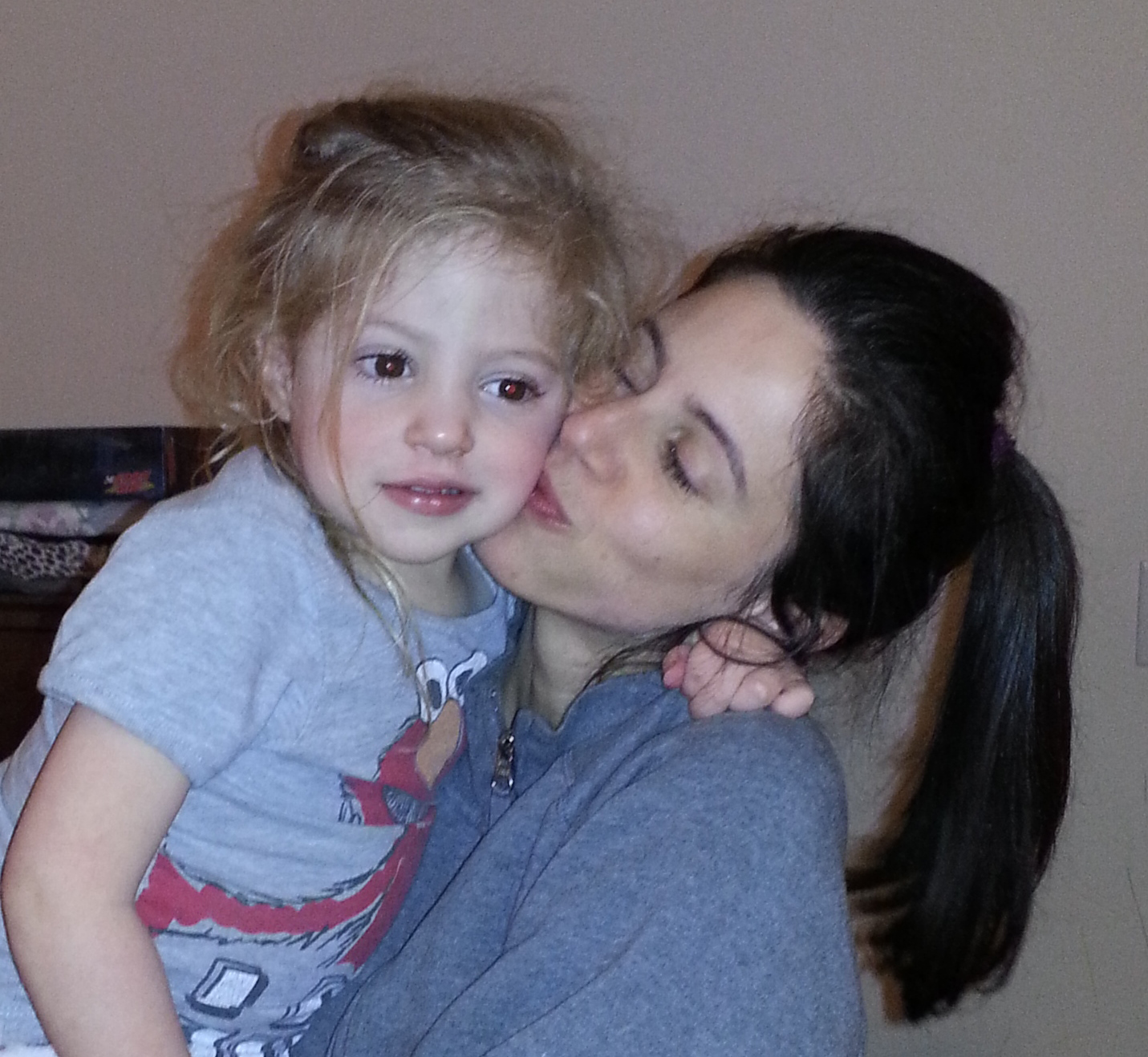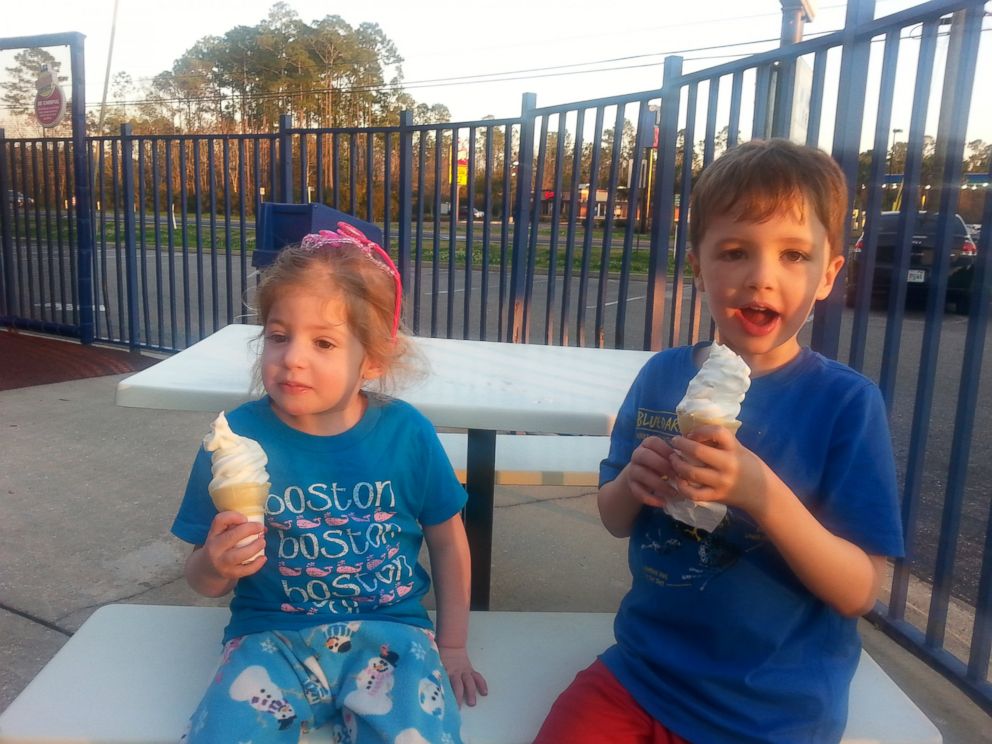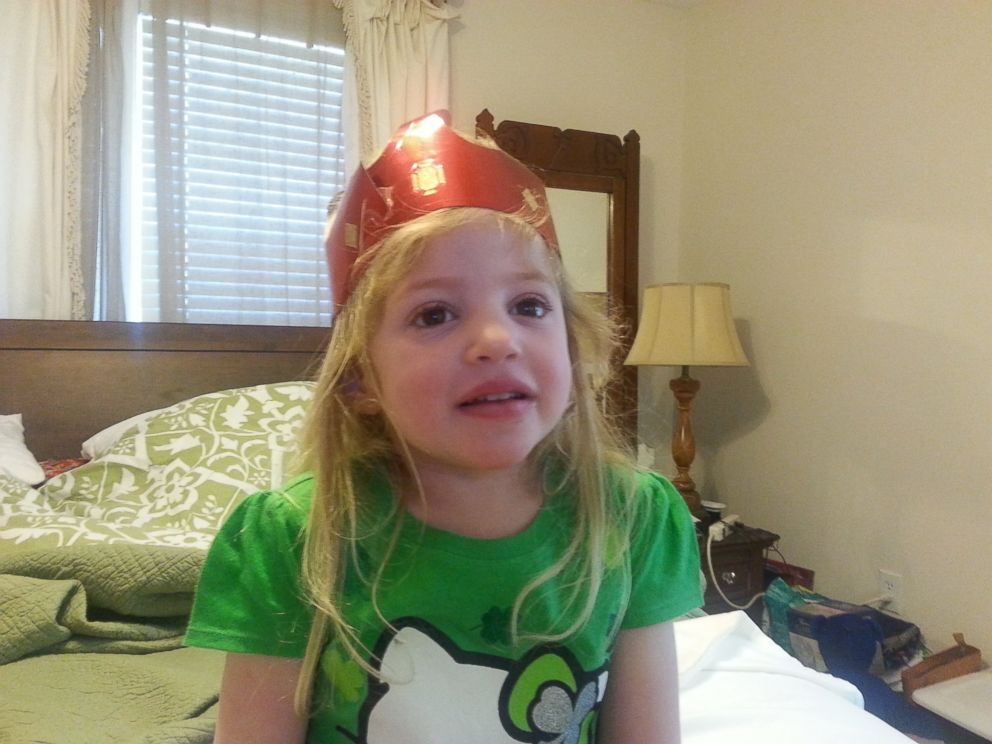Family Raises $500K in 15 Days to Research Daughter’s Deadly Disease
Could you raise $2 million if your child's life depended on it?
April 23, 2014— -- When the O’Neill family threw themselves into fundraising to save 4-year-old Eliza from the fatal disease she was born with, they never guessed their viral video would reach people all over the world.
They certainly never guessed that their online plea would raise more than $500,000 in two weeks when it had taken six months to raise $250,000 through local fundraisers.
“It’s been fabulous,” Eliza’s father, Glenn O’Neill, told ABCNews.com. “It’s going places, I don’t exactly know how. It was in Italy for a while, and Belgium and China.”
Read our story about Eliza’s diagnosis and her parents’ race for a cure.
Eliza has Sanfilippo syndrome type A, a rare genetic disorder that causes a deadly buildup of heparin sulfate in her cells. Soon, Eliza will lose the ability to speak, her parents say. After that, she’ll lose the ability to walk and then she’ll develop seizures.
Most children with Sanfilippo type A don’t live far into their teens.

All forms of Sanfillipo affect one in 70,000 births, according to the National Institutes of Health.
“Stories like this tug at our heartstrings,” said Mary Dunkle, a spokeswoman for the National Organization for Rare Diseases, explaining how funding for rare disease research is famously hard to obtain. “Most rare diseases are severe diseases or even life-threatening. On top of that, you have to feel responsible for finding treatment for a loved one or child. It just can almost be overwhelming. But we see families all the time really driving remarkable progress.”
Read more about the growing trend of social media pleas among patients.

That’s where the O’Neills and other Sanfilippo parents come in. They hope a pair of researchers will find a cure before the end of the year.
The researchers, Doug McCarty and Haiyan Fu of Nationwide Children’s hospital in Columbus, Ohio, have been working on a cure for about 16 years. They’ve found a gene therapy treatment that works in mice, and they hope to try it in humans. But setting up a clinical trial takes money – about $2 million that they don’t have.
“From a parent perspective, until someone comes in and tells us a big company is going to pay for it, a hospital, or the government, we are left to go out and do it ourselves,” Glenn O’Neill said in. “There is no other choice. I think that is why people are connecting with this video and story.”

When 5K charity runs weren’t bringing in money fast enough, Glenn O’Neill said he googled “how to make a viral video.” With a bit of help from filmmaker Benjamin Von Wong, the O’Neills launched their video earlier this month. They hope to raise $1 million on their GoFundMe.com page in addition to the money coming in from local fundraisers.
If everything goes according to plan, a gene therapy clinical trial could start later this year, according to McCarty. Six children with Sanfilippo type B and nine children with Sanfilippo type A would get injected with a virus that serves as a vector to deliver new genetic material to their cells, hopefully allowing them to make the enzyme they need to breakdown the buildup of heparin sulfate in their cells.
“We don’t want the patient families to have unrealistic expectations,” researcher Fu said. “We don’t want to say it’s a cure now because it isn’t a cure until after the trial.”
The O’Neills know there’s no guarantee Eliza will get into the clinical trial or that it will work, but said they need to try everything they can for their only daughter.
“We don’t want to be two years from now and say as parents that we left anything on the table,” Glenn O’Neill said.




